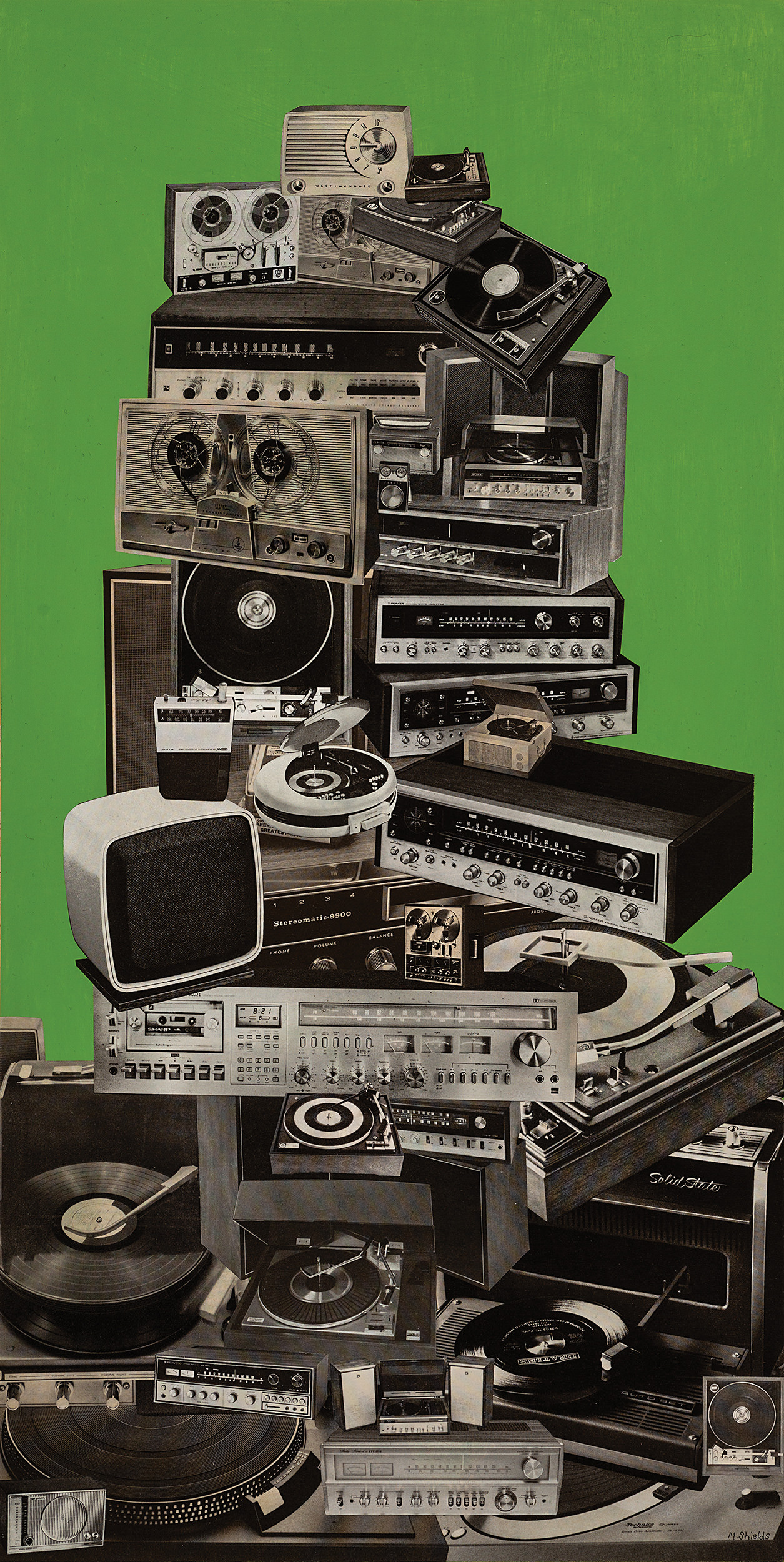These days, we have more reverbs than ever before in our various DAWs, all available under our fingertips (trackball tips? mouse tips?!?) whenever we want them. More rooms, halls, plates, and cathedrals than most of us can use in a lifetime. The one category of reverbs that always seems under-represented in the plug-in sphere (at least to me!) are springs. They tend to mostly appear within guitar amp sims, but less often as standalone plug-ins. While spring reverbs may be best known as the province of guitar amps and surf music, AKG's BX-5, -10 and -20, MicMix Master Room reverbs, and Demeter's RV-1D among others, all proved that a well-implemented spring reverb absolutely had a place in the studio environment.
Eventide has now ported their Spring reverb algorithm from the H9 [Tape Op #107] (generally thought of as a guitar pedal, although it can be so much more) over to iOS and AU/VST/AAX. This brings two high-quality spring reverb algorithms with some deep parameter editing and morphing capability to the DAW, and they also toss in an extremely useful tremolo as part of this plug-in.
There are two sizes of spring "tanks" to choose from (Small and Large), as well as the number of springs in each, variable between one and three. The more springs, the more complex and dense the reverb will be. Tension controls how taut the springs are in the tank. Eventide has modeled their springs to have a maximum available time of 20 seconds; I'm not aware of any physical spring that could generate an output that long! This also means the plug-in can be used for sound design, and for other purposes I don't think any spring reverb designers originally envisioned their spring tanks being used. High and Low Damp controls set the corner frequencies where simple but effective tone shaping will occur.
The tremolo has Intensity and Speed controls, as well as a switch to place it pre- or post-reverb – try switching the order of those on your ol' Fender Deluxe Reverb amp! The speed can be set in Hertz, or when the Tempo control on the UI is switched to Sync, it will be set to a musical note value locked to the tempo of your DAW project. Sync mode will also turn the spring Decay value to follow the tempo so your reverbs can decay musically. There's also a Manual setting for tempo, where the plug-in's tempo will follow taps on the Tap button at the bottom of the UI.
The overall Mix knob is state-variable based on the Tremolo position. When the tremolo is pre-spring, the Mix knob blends between the spring output and the tremolo being applied to the dry input signal. With the tremolo set to Post, the mix affects the blend between the fully dry input signal, and the output of the spring being fed through the tremolo. This is ingenious, and at extreme settings can really turn Spring into an effects powerhouse. Finally, there is a Modulation control that adds a spacious chorus-type effect to the overall output of Spring, and a Resonance knob to control the level of metallic resonance on the High damping.
At the bottom of the UI are the aforementioned Tap button, an Active button for bypassing the plug-in, and between them, the Hotswitch. Clicking and holding the Hotswitch until it blinks allows the user to then change settings on any or all of the controls to create a second configuration of Spring that can then be quickly toggled between by subsequent clicks of the switch. Between the main controls and this lower bank of switches is the Ribbon – this is where things get really fun with Spring, as you can set ranges of parameters for the control knobs to scale between the left and right side of the Ribbon, and then smoothly morph between them by clicking and dragging on it, or automating it for repeatable morphing of several parameters. Slick!
Now to the juicy bits; I've been using Spring all over mixes since adding it to my plug-in stockpile. Guitars that were tracked dry take on the sound of an amp with an excellent, or sometimes not-so-excellent spring tank (one spring with loose tension is ideal for that pawnshop amplifier vibe). Drums take on a completely different life than we've come to expect from the usual room or plate reverbs when ran through a spring – snare drums pop out of a mix without having to resort to EQ and compression, room mics get some motion from the wobbly decay, and when a little tremolo is brought into the mix, the sound dances around even more. Vocals can also feel like they "spring forward" in the mix (I'm sorry...) while having a shimmering halo of reverb. Where I've really enjoyed using Spring is on keyboard tracks; these invariably are recorded dry and direct, so they can sometimes feel very separated and apart from other tracks in a mix that consists of mic'd up instruments and performers. Spring helps add that air and glue to keyboards, plus with the really long decay times and a healthy dose of tremolo, it can be used as part of the overall patch creation on synth parts, morphing them into an entirely new and cooler sound.
As I mentioned at the outset, we all have a lifetime supply of reverbs, so finding something unique in the sea of these effects takes some smart development. Eventide has successfully achieved this with Spring, because it gives me something I didn't have in the plug-in folder before now. They offer demos of Spring (as well as all their other fine plug-ins), so I can't recommend highly enough trying it out for yourself on your own music to find how invaluable it can be.




_disp_horizontal_bw.jpg)